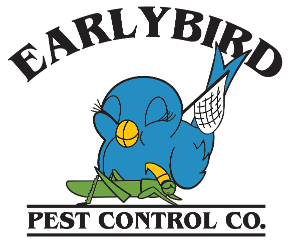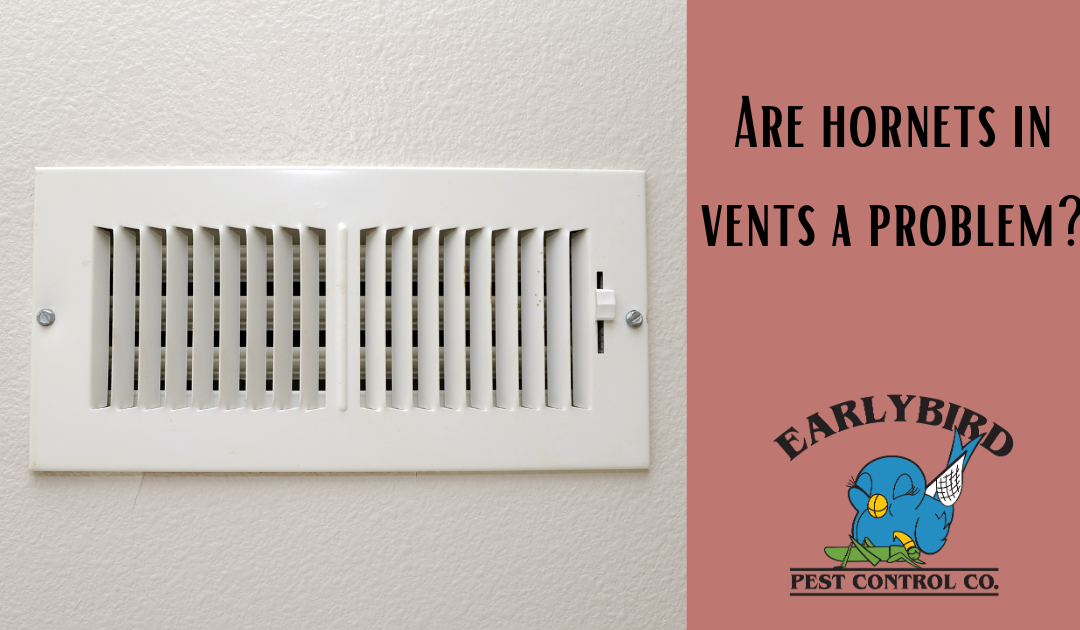Hornets in vents can be a major problem, both for homeowners and for the hornets themselves. Hornets, which are a type of wasp, are known for their aggressive behavior and painful stings. If they build a nest in your home’s vents, they can pose a serious risk to you and your family.
Why do hornets build nests in vents?
Hornets are social insects that typically build their nests in protected areas, such as trees, eaves, or even in the ground. However, vents can also provide a tempting location for hornets to build their nests. There are several reasons why hornets might choose to build a nest in a vent:
- Protection from the elements: Vents provide a protected space for hornets to build their nests, sheltered from wind, rain, and other harsh weather conditions.
- Easy access to food: Hornets feed on a variety of insects, and vents can be an excellent source of food. Insects are often attracted to the warmth and moisture coming from the vents, which can create a prime hunting ground for hornets.
- Privacy: Hornets prefer to build their nests in areas that are relatively undisturbed. Vents can provide a relatively quiet, out-of-the-way location for hornets to build their nests.
The dangers of hornets in vents
If hornets build a nest in your home’s vents, they can pose a serious risk to you and your family. Here are some of the dangers of hornets in vents:
- Sting risk: Hornets are known for their aggressive behavior and painful stings. If you or a family member accidentally disturbs a nest, you could be stung multiple times, which can be life-threatening for people who are allergic to insect stings.
- Structural damage: Hornets can build large nests that can cause significant damage to your home’s vents and duct-work. Over time, this damage can lead to costly repairs.
- Health hazards: Hornet nests can attract other pests, such as flies and rodents, which can carry diseases and create unsanitary conditions in your home.
How to get rid of hornets in vents
If you suspect that you have a hornet nest in your home’s vents, it’s important to take action immediately. Here are some steps you can take to get rid of hornets in vents:
- Identify the location of the nest: Before you can get rid of the hornets, you’ll need to locate the nest. Listen for buzzing sounds coming from your vents or look for signs of activity, such as hornets flying in and out of the vent.
- Seal off the vents: To prevent hornets from entering your home, seal off the vents where the nest is located. Use duct tape or another temporary solution to cover the vents until you can remove the nest.
- Use a pesticide: Once you’ve identified the location of the nest, you can use a pesticide to get rid of the hornets. Be sure to choose a pesticide that is specifically designed for use on hornets and follow the instructions carefully.
- Remove the nest: Once the hornets have been eliminated, you’ll need to remove the nest from your vents. Be sure to wear protective clothing, including gloves and a face mask, to avoid being stung.
- Call a professional: If you’re not comfortable removing the nest yourself, or if you have a large infestation, it’s best to call a professional pest control company. They have the tools and expertise needed to safely and effectively remove the nest.
In conclusion, hornets in vents can be a serious problem due to the risks they pose, including stings, structural damage, and health hazards. It’s important to take action immediately if you suspect that you have a hornet nest in your vents, and to take steps to prevent them from building nests in the first place.
More Tips for Homeowners:
-
- 4 Signs You Have Bed Bugs
- How to Get Rid of Cockroaches
- How to Get Rid of Rats
- How Do I Know if I Have a Scorpion Infestation?
- How Do I Know if I Have a Bee or Wasp Nest in My House?
- How Do You Know if You Have Mice or Rats?
- Do I Need a Professional to Remove Tarantulas?
- 5 Ways to Keep Pests out of the Office
- How Ants Ruin your Home
- Can Pests Destroy Stucco?
- Pros and Cons of a Stucco Home
- Does Arizona Have a Cockroach Problem?


Recent Comments